See the 1st space views from moon-bound Artemis 1 Orion capsule (photos)
The Artemis 1 mission got off to a glorious start.
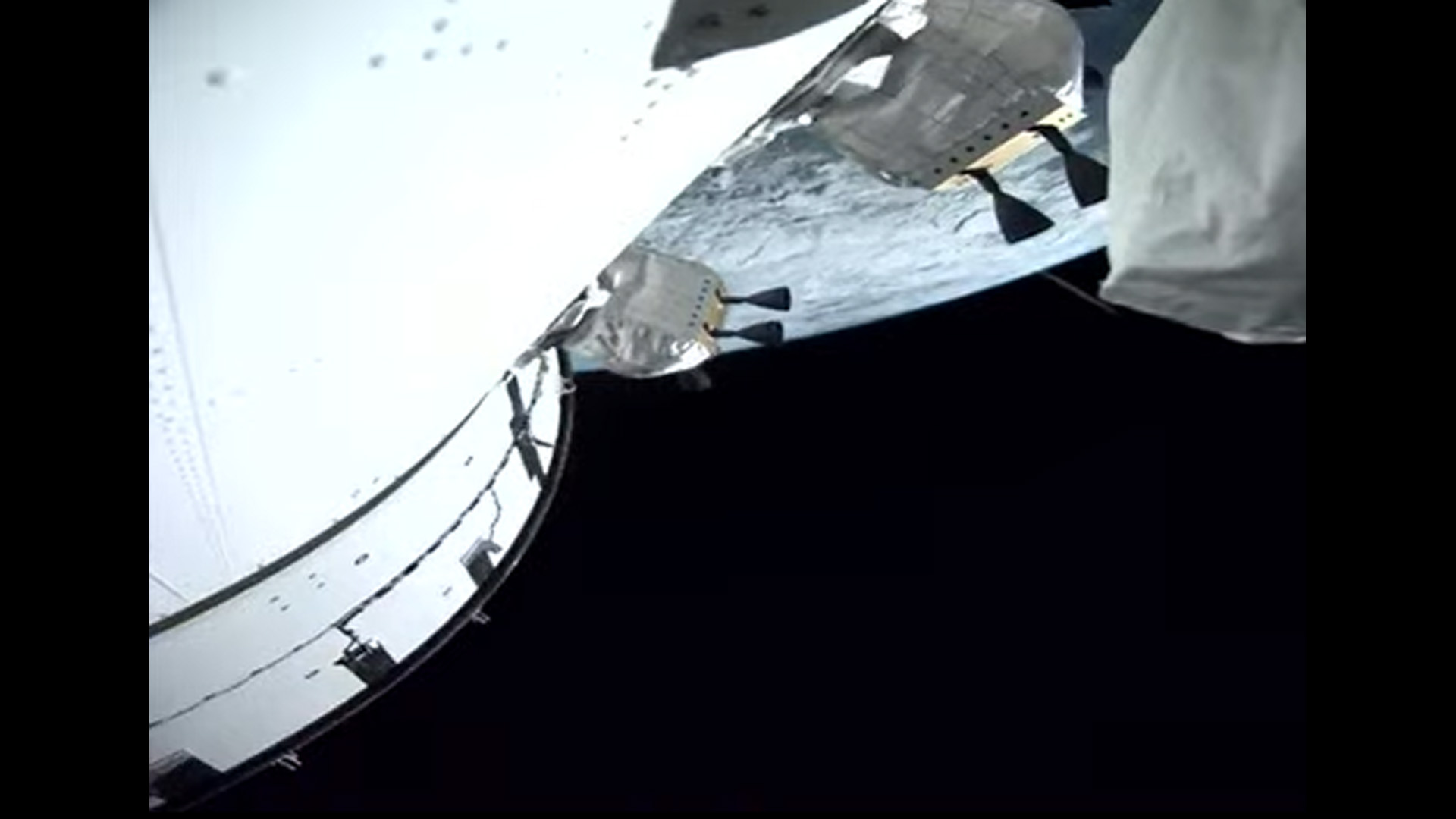
The Artemis 1 Orion spacecraft is on its way to the moon and already sharing photos from its historic trip that will pave the way for humankind's return to Earth's natural satellite.
NASA's Artemis 1 mission launched from Kennedy Space Center in Florida early Wednesday morning (Nov. 16), sending an uncrewed Orion capsule into the sky atop a huge Space Launch System (SLS) rocket.
Eight minutes after liftoff, the SLS's two stages separated, and the rocket's upper stage continued carrying Orion to Earth orbit. Ten minutes after that, the European Space Agency (ESA), which provided Orion's service module, the technology-packed component responsible for propulsion, navigation and generation of habitable conditions inside the spacecraft, confirmed the spacecraft had successfully deployed its X-shaped solar array.
Shortly thereafter, Orion beamed to Earth the first hotly anticipated images from cameras attached to the ends of its four 23-foot-long (7 meters) solar wings.
Related: NASA's Artemis 1 moon mission: Live updates
"All four solar arrays deployed!" ESA tweeted as the action unfolded. "They can swivel and rotate to follow the sun and power up the @NASA_Orion spacecraft."
The agency then shared three snaps of Orion, which will travel to lunar orbit and back to show that it's ready for human occupants.
Get the Space.com Newsletter
Breaking space news, the latest updates on rocket launches, skywatching events and more!
The relatively low-resolution first images from Orion show parts of the spacecraft. In one photo, the blue curve of Earth can be seen in the background. The cameras are commercial off-the-shelf technology that has been "highly modified for use in space," according to a NASA statement.
When Orion took the images, it was still attached to the SLS second stage, which later accelerated the capsule out of Earth orbit and toward the moon. Separation from the second stage took place about one hour and 55 minutes after lift-off.
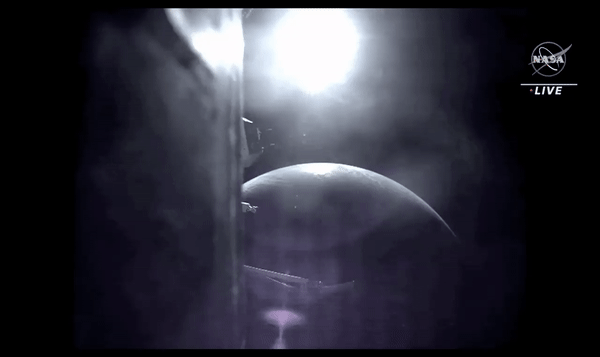
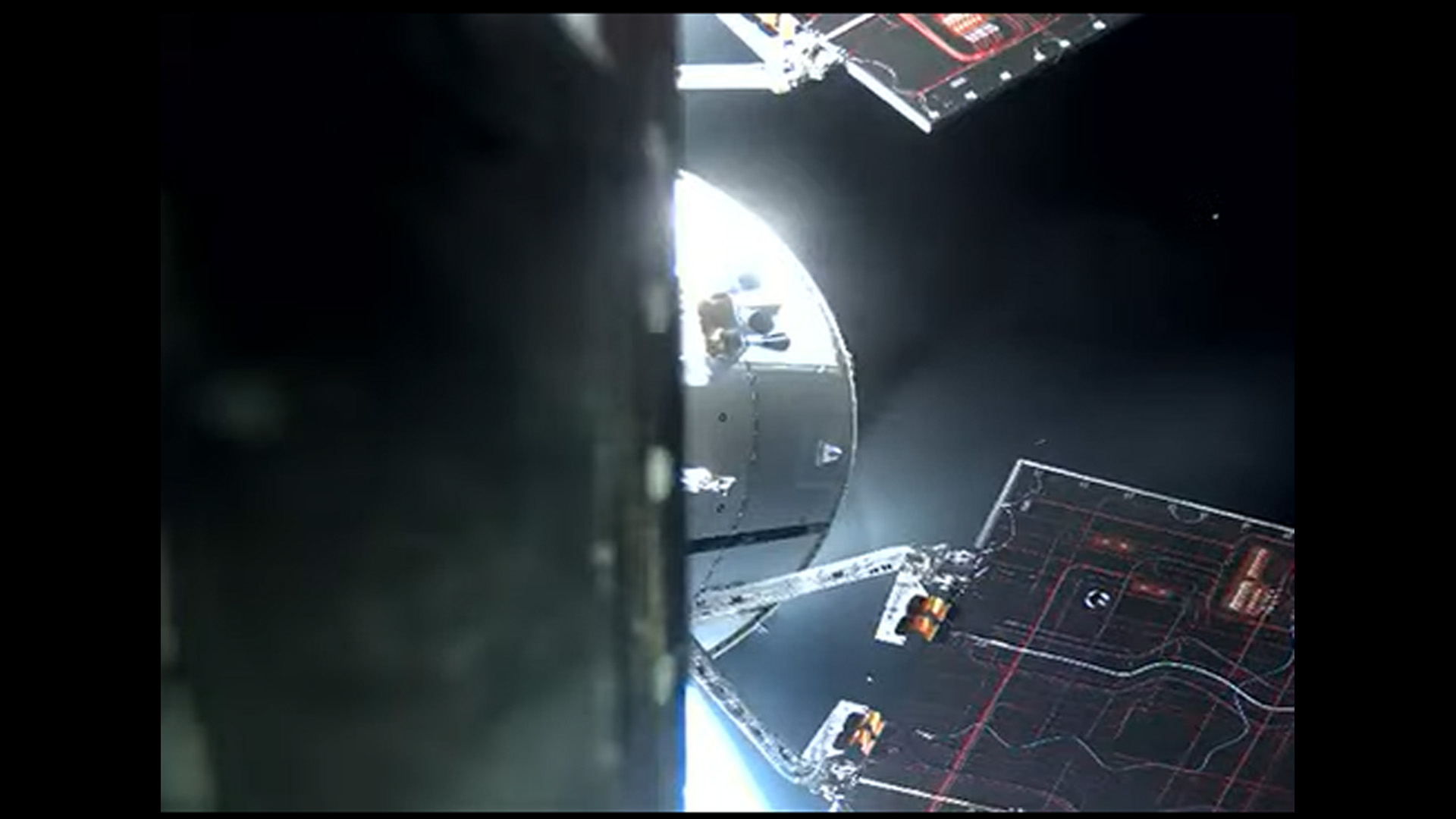
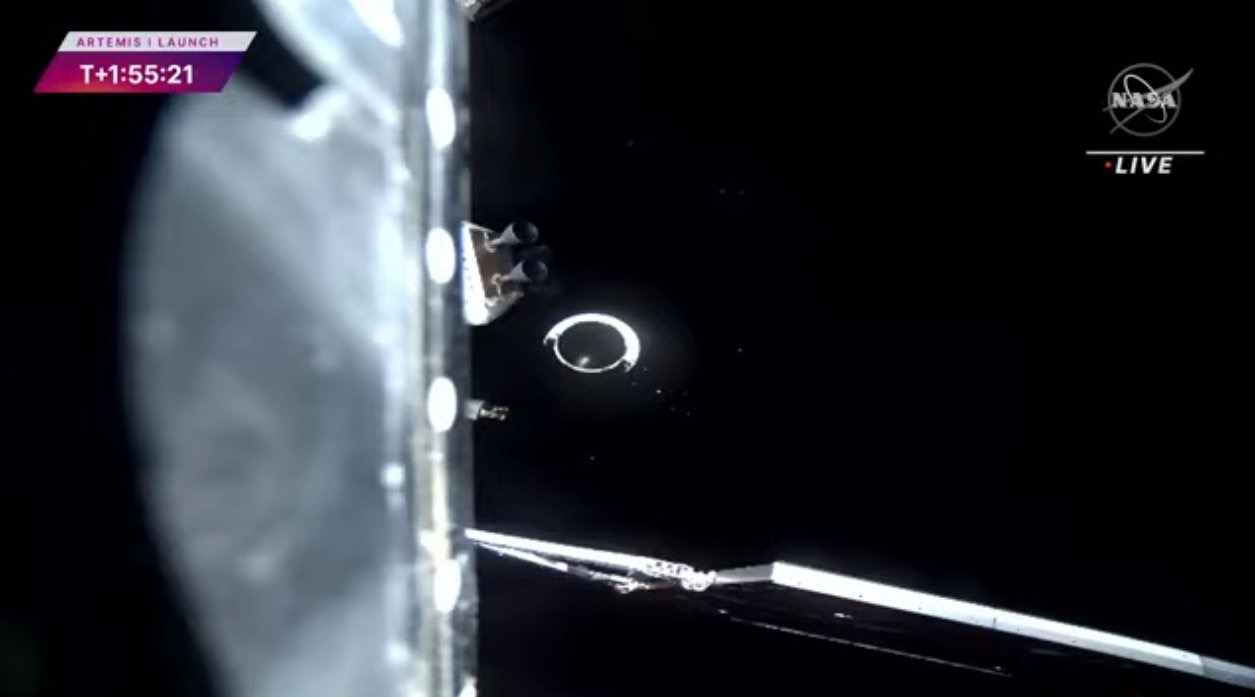
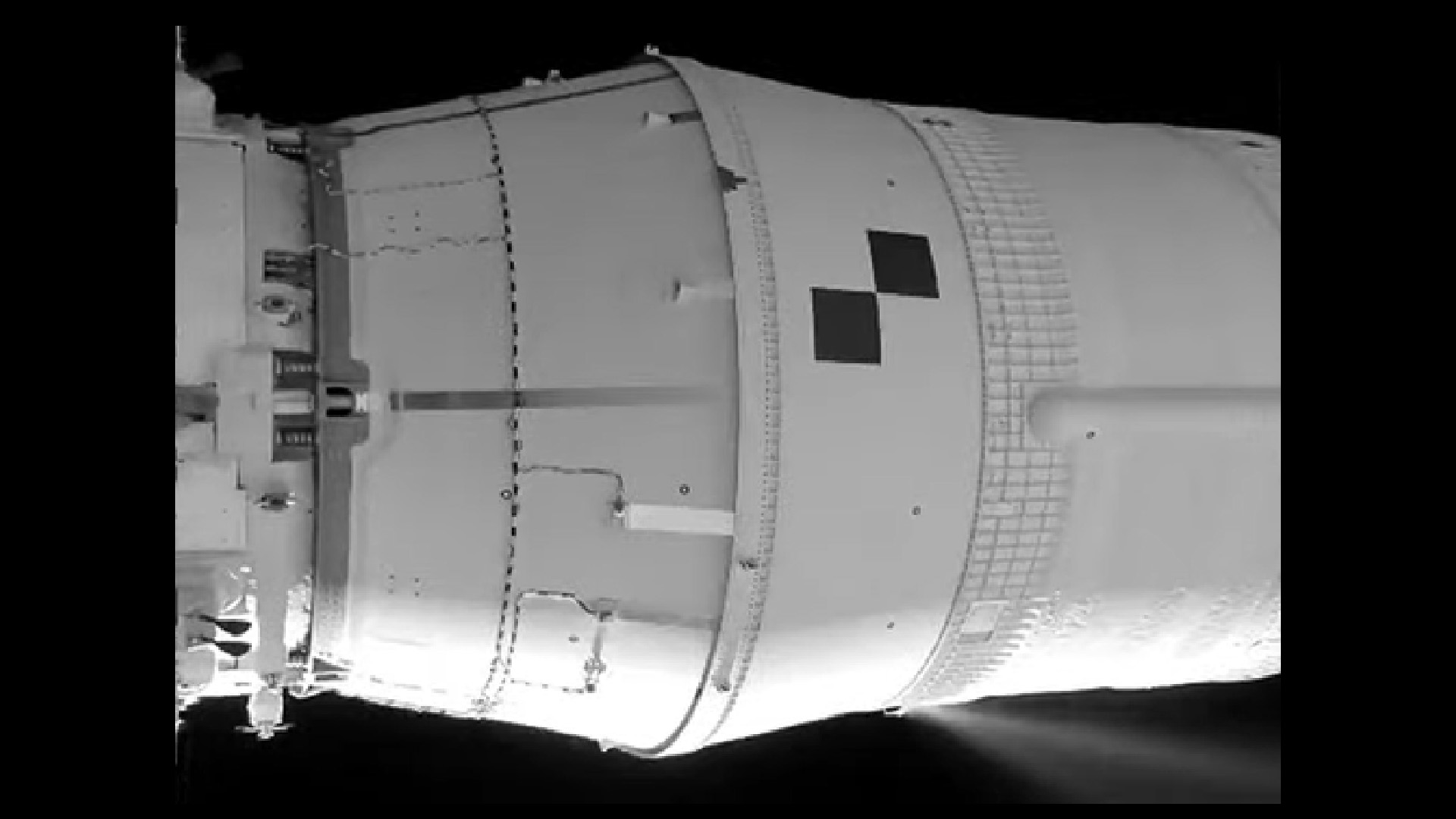
ESA shared several short video sequences of the second stage separation, including one showing the second stage floating away into the blackness of space.
"Can't get enough of this view of second stage separation as the European Service Module fires its thrusters – with the curvature of Earth highlighted by the sun in the background," ESA said in a tweet accompanying the video of the moment of the separation.
Can't get enough of this view of second stage separation as the European Service Module fires its thrusters – with the curvature of Earth highlighted by the Sun in the background 👏 #ForwardToTheMoon pic.twitter.com/1al21lkJsBNovember 16, 2022
Orion will now take about six days to reach the moon. It will then make its closest approach to the moon , passing 60 miles (97 kilometers) from the moon's surface on Monday (Nov. 21) before settling into a distant orbit around the body.
Shortly thereafter, Orion will break a record for the greatest distance from Earth ever achieved by a human-rated spacecraft, surpassing the distance of 248,654 miles (400,170 km) from home achieved by NASA's Apollo 13 spacecraft in April 1970. That spacecraft's record, however, was a result of an emergency operation after an on-board explosion forced the mission team to devise a rescue plan to return the spacecraft home.
Orion will return to Earth on Dec. 11, splashing into the Pacific Ocean off the coast of California.
While only two manikins, Helga and Zohar, occupy the capsule during the test flight, the mission will pave the way for the first flight with a human crew. The Artemis 2 mission, expected to take place in 2024, will be the first to take humans back to the moon since the final mission of the Apollo program in 1972. Artemis 2 will not land astronauts on the moon's surface, however. That will be the goal of Artemis 3, which may take place in 2025.
Follow Tereza Pultarova on Twitter @TerezaPultarova. Follow us on Twitter @Spacedotcom and on Facebook.
Join our Space Forums to keep talking space on the latest missions, night sky and more! And if you have a news tip, correction or comment, let us know at: community@space.com.

Tereza is a London-based science and technology journalist, aspiring fiction writer and amateur gymnast. Originally from Prague, the Czech Republic, she spent the first seven years of her career working as a reporter, script-writer and presenter for various TV programmes of the Czech Public Service Television. She later took a career break to pursue further education and added a Master's in Science from the International Space University, France, to her Bachelor's in Journalism and Master's in Cultural Anthropology from Prague's Charles University. She worked as a reporter at the Engineering and Technology magazine, freelanced for a range of publications including Live Science, Space.com, Professional Engineering, Via Satellite and Space News and served as a maternity cover science editor at the European Space Agency.









